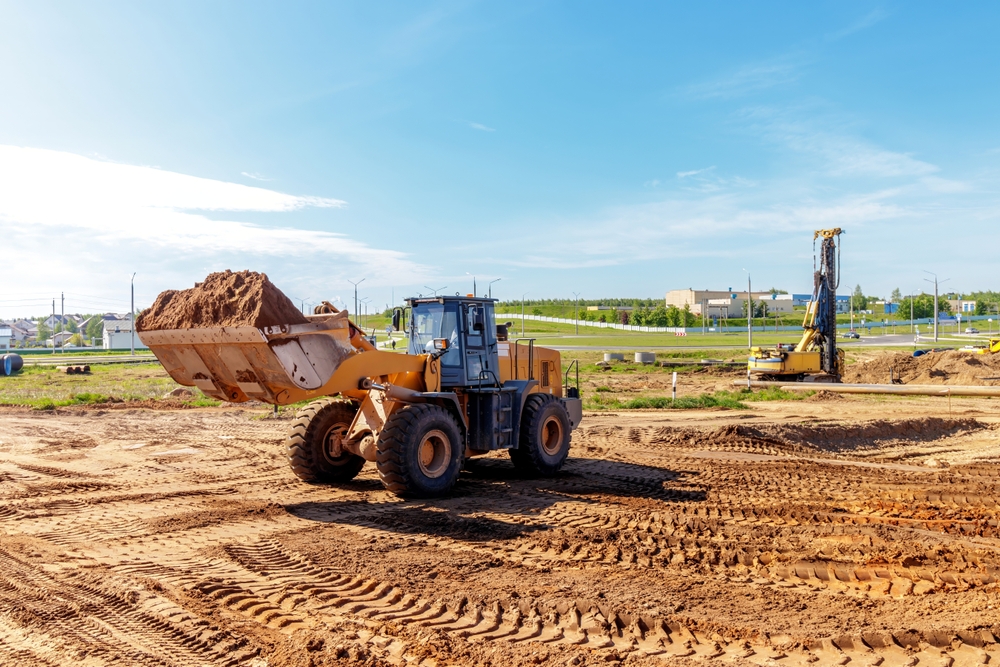How to Reduce Waste and Control Costs in Construction
How to Reduce Waste and Control Costs in Construction

Control Costs in Construction: Reducing waste and controlling costs are essential aspects of successful construction management. Construction projects often face challenges such as budget overruns, delays, and environmental concerns, all of which can be mitigated by implementing effective waste reduction strategies. In this blog post, we’ll explore various methods to minimize waste and manage costs in construction, enhancing overall project efficiency.
Understanding Waste in Construction
Types of Waste in Construction
Construction waste can be categorized into several types, including:
- Material Waste: Excess materials that are unused or discarded during construction.
- Labor Waste: Inefficient use of labor due to poor planning, delays, or lack of training.
- Time Waste: Delays caused by miscommunication, rework, or waiting for materials.
- Energy Waste: Inefficient use of energy resources in construction processes.
Identifying these waste types is the first step toward implementing effective waste reduction strategies.
Strategies for Reducing Waste
1. Implement Lean Construction Practices
Lean construction focuses on maximizing value while minimizing waste. By streamlining processes and eliminating non-value-added activities, construction teams can improve efficiency. Techniques include:
- Just-in-Time (JIT) Delivery: This approach ensures that materials arrive on-site only when needed, reducing storage needs and minimizing material waste.
- Value Stream Mapping: Analyzing each step in the construction process to identify waste and improve workflow.

2. Use Recycled and Sustainable Materials
Incorporating recycled and sustainable materials can significantly reduce waste. Opt for materials that have been reclaimed or recycled, and prioritize sustainable options that minimize environmental impact. This not only reduces waste but can also lead to cost savings in the long run.
3. Enhance Design Efficiency
Efficient design can play a significant role in waste reduction. Utilize Building Information Modeling (BIM) to create accurate digital models of construction projects. BIM helps identify potential issues before construction begins, allowing for better planning and minimizing material waste.
4. Educate and Train Workers
Proper training and education for workers are essential in reducing waste. By ensuring that all team members understand waste reduction strategies and efficient practices, projects can be completed more efficiently. Provide training on proper handling and storage of materials to minimize damage and waste.
5. Conduct Regular Waste Audits
Regular waste audits help identify areas where waste occurs. By analyzing waste generated on-site, project managers can implement targeted strategies to reduce specific types of waste. These audits can also provide insights into areas for improvement in the overall construction process.
Strategies for Controlling Costs
1. Develop a Detailed Budget
Creating a detailed budget is crucial for controlling costs in construction projects. Outline all expenses, including materials, labor, and overhead costs. By having a comprehensive budget, project managers can identify potential cost overruns early on and take corrective actions.
2. Monitor Progress and Adjust Plans
Regularly monitoring project progress allows for timely adjustments to plans and budgets. Use project management software to track expenses and compare them against the budget. This real-time monitoring helps identify issues early and prevents budget overruns.
3. Establish Strong Supplier Relationships
Building strong relationships with suppliers can lead to cost savings. Negotiate favorable terms, bulk discounts, or long-term contracts to reduce material costs. Reliable suppliers can also ensure timely delivery of materials, minimizing delays and associated costs.
4. Utilize Technology
Investing in technology can improve efficiency and reduce costs. Construction management software can help streamline communication, track expenses, and manage schedules effectively. Additionally, technologies like drones and IoT can enhance project monitoring and management.
5. Encourage Collaboration
Fostering collaboration among team members, subcontractors, and suppliers can lead to improved project outcomes. Open communication helps identify potential issues early and allows for proactive solutions, ultimately reducing costs and waste.
Conclusion
Reducing waste and controlling costs in construction are vital for the success of any project. By implementing strategies such as lean construction practices, using sustainable materials, enhancing design efficiency, educating workers, and conducting waste audits, construction teams can significantly minimize waste. Additionally, developing detailed budgets, monitoring progress, establishing strong supplier relationships, utilizing technology, and encouraging collaboration will help control costs. By adopting these strategies, construction firms can achieve greater efficiency, sustainability, and profitability in their projects.
External Resources for Legal Guidance
Control Costs in Construction
Read more related articles to enhance your knowledge and make informed decisions
10 Essential Steps in the Building Construction Process
How to Choose the Right Materials for Your Construction Project








